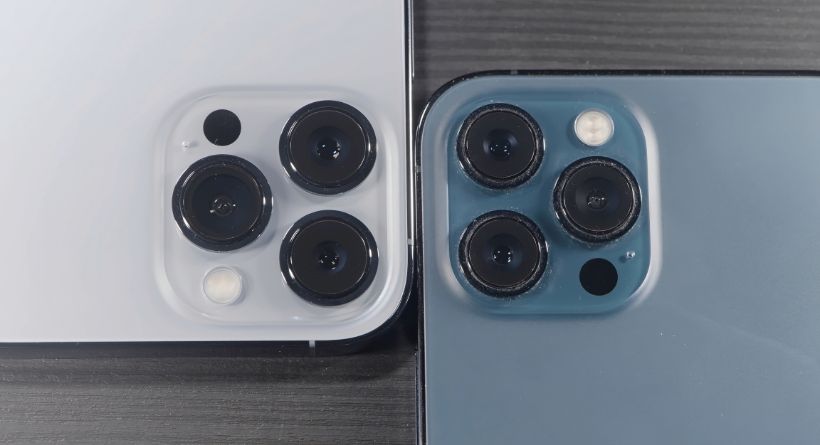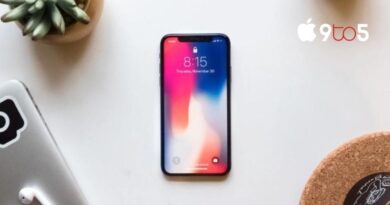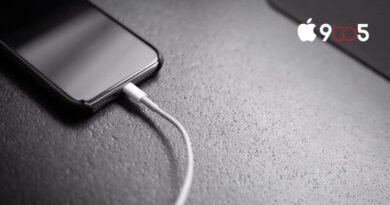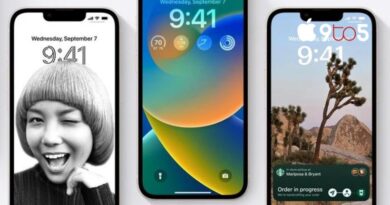IPhone 13 vs. iPhone 13 Pro Buyer’s Guide
The iPhone 13 and iPhone 13 Pro, which replace the iPhone 12 and iPhone 12 Pro, were revealed by Apple in 2021. They include a lower notch, the A15 Bionic processor, a longer battery life, much better cameras, and new colour choices for the whole series.
The starting price for the iPhone 13 is $799, while that of the iPhone 13 Pro is $999. Should you choose the more affordable “Pro” model or the high-end “Plus” model since Apple’s newest iPhones share a lot of features? How to choose between these two iPhones that are perfect for you is a question that our guide helps to resolve.
The iPhone 13 and the iPhone 13 Pro are contrasted
The bulk of characteristics, including display size, CPU, and 5G connection, remain the same as the iPhone 13 and iPhone 13 Pro. The same characteristics are listed by Apple for the iPhone 13 and iPhone 13 Pro:
Similarities
6.1-inch Super Retina XDR display with HDR, True Tone, P3 Wide Color, and Haptic Touch, with a resolution of 2532 by 1170 pixels @ 460 pixels per inch
- 20 percent smaller Face ID identification notch, updated 16-core Neural Engine, and A15 Bionic chip
- 5G connection at sub-6GHz (and mmWave in the U.S.)
- Cameras with a sensor-shift optical image stabilisation and a 2x optical zoom out that are 12MP ultra-wide and wide
- Features for taking pictures, such as Portrait mode, Night mode, Deep Fusion, Smart HDR 4, and others.
- A few videography features include Night mode Time-lapse, Dolby Vision HDR video recording in 4K at 60 frames per second, and Cinematic mode in 1080p at 30 frames per second.
- Retina Flash, Photographic Styles, Portrait mode, Night mode, Smart HDR 4, Cinematic mode in 1080p at 30fps, HDR video recording with Dolby Vision in 4K at 60fps, and more are included in the 12MP front-facing TrueDepth camera’s feature set.
- Ceramic Shield front glass is IP68 dust and water resistant for up to 30 minutes at a depth of six metres.
- Compatible with wireless chargers and MagSafe accessories
- Available with storage choices of 128GB, 256GB, and 512GB
- Thunderbolt connection
Apple’s study reveals that although the iPhones share a lot of significant features, the ProMotion display, LiDAR Scanner, and Telephoto camera lens are some of the most significant changes between the iPhone 13 and iPhone 13 Pro.
Differences
IPhone 13
- Design using aerospace-grade aluminium
- Contains 174 grammes.
- 800 nit’s maximum brightness Super Retina XDR display at 6.1 inches (typical)
- Chip A15 Bionic with a quad-core GPU
- 4 GB of storage
- 19 hours maximum of battery life (during video playback).
- Cameras with 12MP and f/2.4 and f/1.6 wide-angle lenses
- 2x optical zoom out and up to 5x digital zoom
- Available in PRODUCT, Starlight, Midnight, Blue, Pink, and Green (RED)
- Available with storage choices of 128GB, 256GB, and 512GB
IPhone 13 Pro
- Medical-grade stainless steel construction
- 204 grammes in weight
- 1,000 nits maximum brightness on a 6.1-inch Super Retina XDR display (typical) as well as ProMotion, which has an adjustable refresh rate of up to 120Hz, and an A15 Bionic CPU with a five-core GPU.
- Memory size: 6 GB
- Battery life of up to 22 hours (during video playback).
- Cameras with a 12MP sensor and apertures of f/1.8, f/1.5, and f/2.8
- 6x optical zoom range, 3x optical zoom in, 2x optical zoom out, and 15x digital zoom are available.
- Night mode pictures with Apple ProRAW
- LiDAR Scanner for next-generation AR experiences, quicker focusing in low light, and ProRes video recording up to 4K at 30fps
- Alpine Green, Gold, Graphite, Sierra Blue, and Silver colours are available.
- Readily available in storage capacities of 128GB, 256GB, 512GB, and 1TB
Colors and design
The squared-off industrial style with a flat band around the edges that was initially presented with the iPhone 12 series is shared by the iPhone 13 and iPhone 13 Pro. Their various uses of materials and finishes make up the two devices’ most obvious aesthetic differences.
The iPhone 13 employs surgical-grade polished stainless steel on the edges and a single piece of matte, frosted glass on the back, while the iPhone 13 Pro uses anodized aerospace-grade aluminium on the edges and a single piece of polished glass on the back. Both smartphones have the same dimensions, but the iPhone 13 weighs 30 grammes less since it is made of aluminium rather than the much heavier stainless steel.
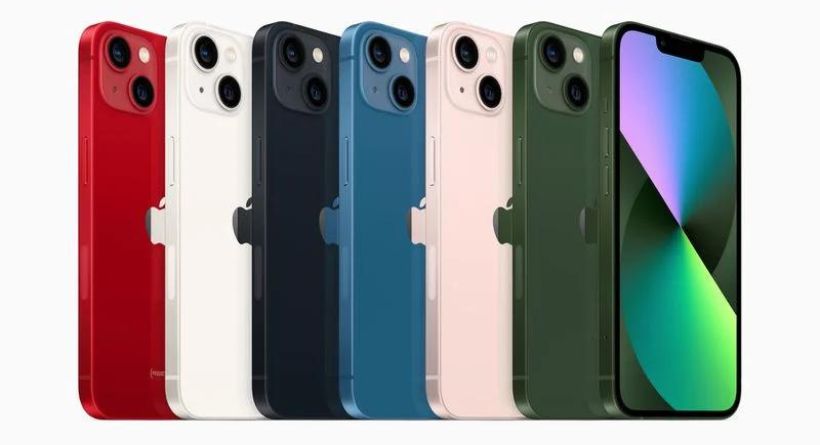
Additionally, the two smartphones have entirely distinct colour schemes. The PRODUCT (RED), Starlight, Midnight, Blue, Pink, and Green colours of the iPhone 13 are available, while the Graphite, Gold, Silver, Sierra Blue, and Alpine Green colours are available for the iPhone 13 Pro.
The iPhone 13 still has a premium design and offers a wider variety of colour choices, even if the iPhone 13 Pro has a more opulent appearance and a heavier, more tactile feel in the hand. The choice between the iPhone 13 and the iPhone 13 Pro will be based on personal desire since the designs are identical and the main differences are in the materials, colour selections, and rear camera arrangements.
Animated Display
The ProMotion technology, which Apple first debuted with the iPad Pro in 2017, is included on the iPhone 13 pro and offers an adaptable refresh rate ranging from 10Hz to 120Hz. This implies that depending on what is seen on the screen, the refresh rate of the display varies. In regular, non-HDR usage, the iPhone 13 Pro’s display may shine 200 nits brighter than the iPhone 13 display.
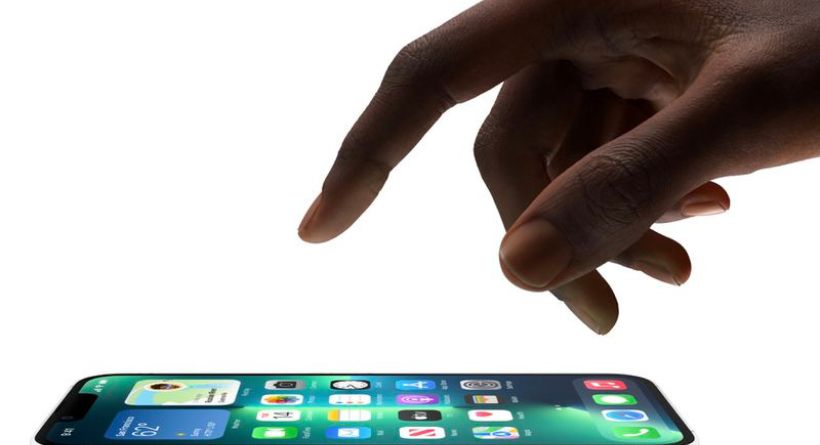
The device will utilise a lower refresh rate while browsing a static webpage, but it will use a higher refresh rate when playing games, watching sports, or scrolling through material to make the experience smoother and more responsive. ProMotion technology may even adjust the frame rate to increase or decrease the pace at which a user scrolls the screen.
ProMotion is absent from the iPhone 13, yet most users do not need it. The technology is exclusive to the iPhone 13 Pro; prior to this model, every iPhone had a display with a non-variable and lower maximum refresh rate. This means that the display on the iPhone 13 still offers a positive, comfortable experience, and people who haven’t previously used a smartphone with a 120Hz display won’t likely feel like they’re missing out.
LiDAR and cameras
The rear camera configurations of the iPhone 13 and iPhone 13 Pro are what distinguish them most from one another. A dual 12-megapixel camera system with wide and ultra-wide lenses is included on the iPhone 13. The iPhone 13 Pro, on the other hand, sports a triple camera system that includes a Telephoto lens. Due to its Telephoto lens, the iPhone 13 Pro can optically zoom in three times more than the iPhone 13 can. Additionally, it has 10 times greater digital zoom capabilities than the iPhone 13 has.
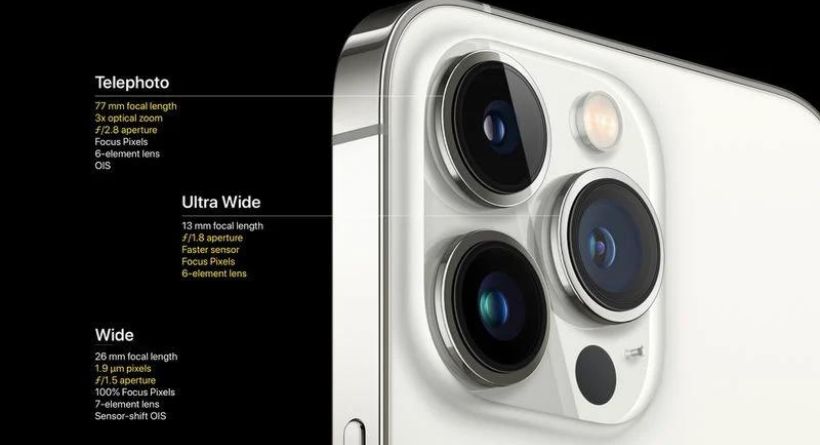
With an f/1.8 ultra-wide and f/1.5 wide aperture compared to the f/2.4 ultra-wide and f/1.6 wide cameras on the iPhone 13, each lens on the iPhone 13 Pro has a wider aperture than on the iPhone 13 to let in more light, which should result in superior picture quality.
Additionally, the iPhone 13 Pro is capable of shooting images in Apple ProRaw and recording videos in 4K ProRes at 30 frames per second, both of which make the most of the devices rear cameras. The iPhone 13 Pro is a terrific choice for customers with workflows that may benefit from these capabilities, which are geared for professional photographers and videographers. ProRAW and ProRes will probably not be utilised at all by the great majority of customers, making the iPhone 13 a better choice.
The iPhone 13 Pro also has a LiDAR Scanner in its array of back cameras to precisely scan the surroundings and depth. This enables the iPhone 13 Pro to capture portrait photographs in Night mode and provides improved AR experiences.
Users that prefer maximum quality and a variety of picture and video features should acquire the more costly gadget, as the iPhone 13 Pro undoubtedly offers a more powerful, pro-oriented, and fully-featured camera experience. Beyond the telescopic lens, the bulk of customers won’t care about many of these capabilities, including ProRAW, ProRes, and LiDAR. The iPhone 13’s camera system will be more than enough for the majority of users to shoot high-quality pictures and videos, and it still provides a variety of useful, user-friendly photography functions including Night mode, Portrait mode, and Deep Fusion.
Bionic Chip A15
Both the iPhone 13 and the iPhone 13 Pro are equipped with Apple’s newest A15 Bionic processor, which provides marginal performance gains over the A14 chip from the previous year. The CPUs in both iPhones are identical, however the iPhone 13 Pro’s GPU has a core that is extra. As a result, users may anticipate the iPhone 13 Pro to perform a little bit better while engaging in activities like gaming or video editing.
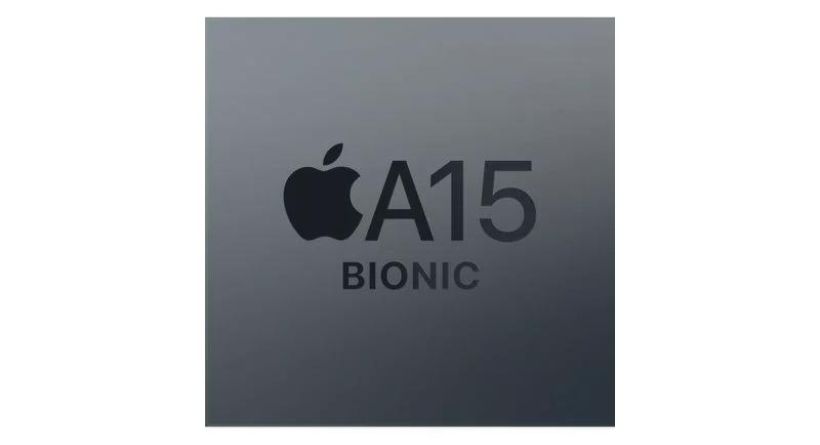
With 2GB more RAM and an A15 chip than the iPhone 13 ordinary model, the iPhone 13 Pro should be able to run more browser tabs and background tabs concurrently.
A battery’s life
The iPhone 13 Pro has a battery life that is three hours longer when playing back video than the iPhone 13, and it can stream video for five hours longer. Users who want the absolute maximum battery life in this form factor should choose the more expensive model since the iPhone 13 Pro has a distinct edge over the iPhone 13 in terms of battery life.
Storage Alternatives
The iPhone 13 and iPhone 13 Pro both come with storage options of 128GB, 256GB, and 512GB, but the iPhone 13 Pro also has a 1TB storage option for $1,499 available.
Because the iPhone 13 Pro provides a significantly higher maximum storage choice, those who already readily fill up lesser storage capacity with music, applications, and movies may decide to get it. The 1TB storage might be helpful to anybody with enormous collections of podcasts, images, or games, but it is probably mainly targeted at pros who want to keep large ProRes files.
Additional iPhone Option
It is important to remember that the $699 iPhone 13 mini has the same feature set as the iPhone 13, but with a smaller form factor, a 5.4-inch display, and a little reduced 17-hour battery life (during video playback). The iPhone 13 Pro Max, which starts at $1,099, has the same feature set as the iPhone 13 Pro but is bigger, has a 6.7-inch display, and has a longer 28-hour battery life (during video playing).
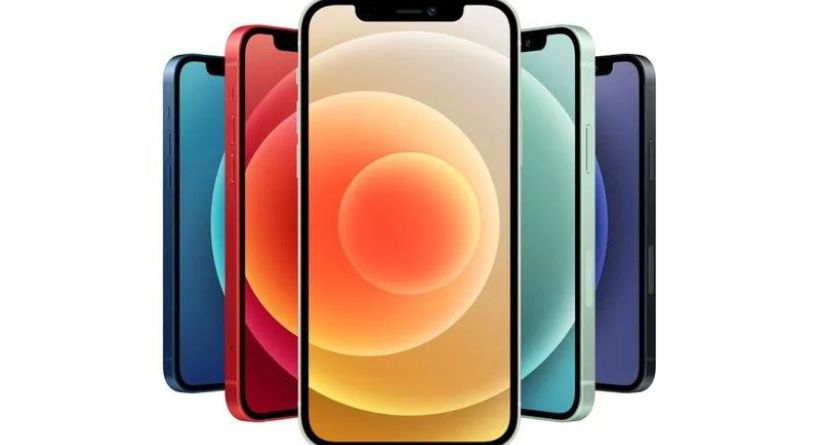
Consider the iPhone 12 if you believe the iPhone 13 is just a little bit out of your price range and you don’t want the newest A15 processor or the most sophisticated cameras. The iPhone 12 begins at $599, features a 6.1-inch display, and mostly has the same design as the iPhone 13. The iPhone 12 shares the vast majority of the iPhone 13’s most versatile features, including 5G connection, Night mode, MagSafe, and IP68 water resistance, and is nevertheless quite competent for daily usage thanks to its A14 Bionic CPU, 17-hour battery life, and dual-camera configuration.
If you’re considering either the iPhone 13 or the iPhone 13 Pro, check out our comparisons with the iPhone 12, iPhone 13 mini, and iPhone 13 Pro Max to be sure you’re making the right choice from our selection of Buyer’s Guides, which go in-depth on all of the differences between various iPhone models:
- Comparison of the iPhone 13 and iPhone 13 Mini
- Comparison between the iPhone 13 Pro and iPhone 13 Pro Max
- Comparison between the iPhone 13 and iPhone 12
Additionally, we have specialised review roundups for the iPhone 13 and iPhone 13 Pro, providing a detailed look at what YouTubers and journalists thought of the new gadgets just after they were released.
Final Reflections
Overall, the iPhone 13 Pro clearly outperforms the iPhone 13, especially when it comes to the quality of the materials used, the display, and the back cameras. The iPhone 13 Pro costs $200 more than the iPhone 13, and many users will find it hard to justify the extra expense for display, camera, battery, and design upgrades that barely affect how the device is used on a daily basis. Those who choose the iPhone 13 Pro will be looking for the most expensive, feature-rich iPhone that provides the greatest user experience and performance across the board, or they may be interested in certain features like ProMotion, the Telephoto lens, or recording video in ProRes.
It is difficult to actively advocate the more costly variant since the two phones share a huge majority of features, including design, an OLED Super Retina XDR display, 5G connection, the A15 Bionic CPU, and MagSafe. The majority of consumers should purchase the iPhone 13, since the upgrades of the iPhone 13 Pro are particular and do not significantly alter everyday contact with the device.

